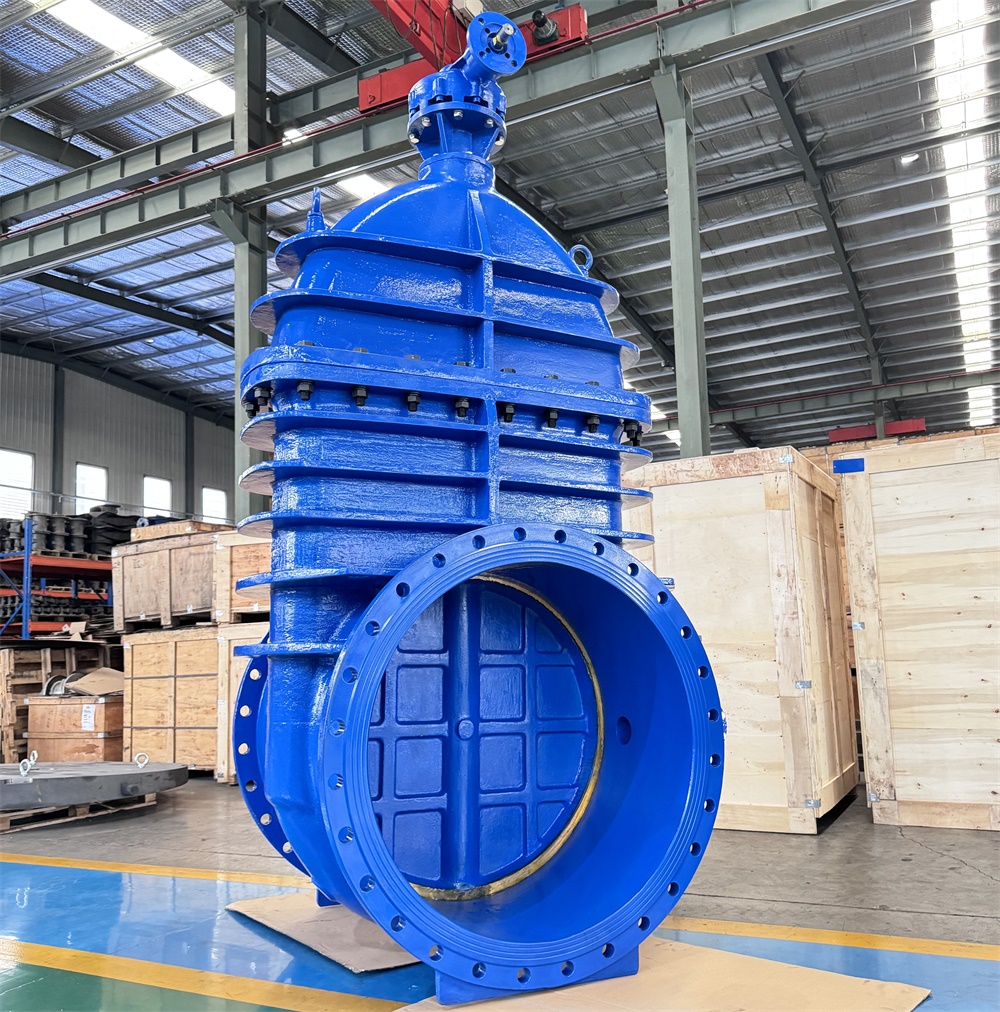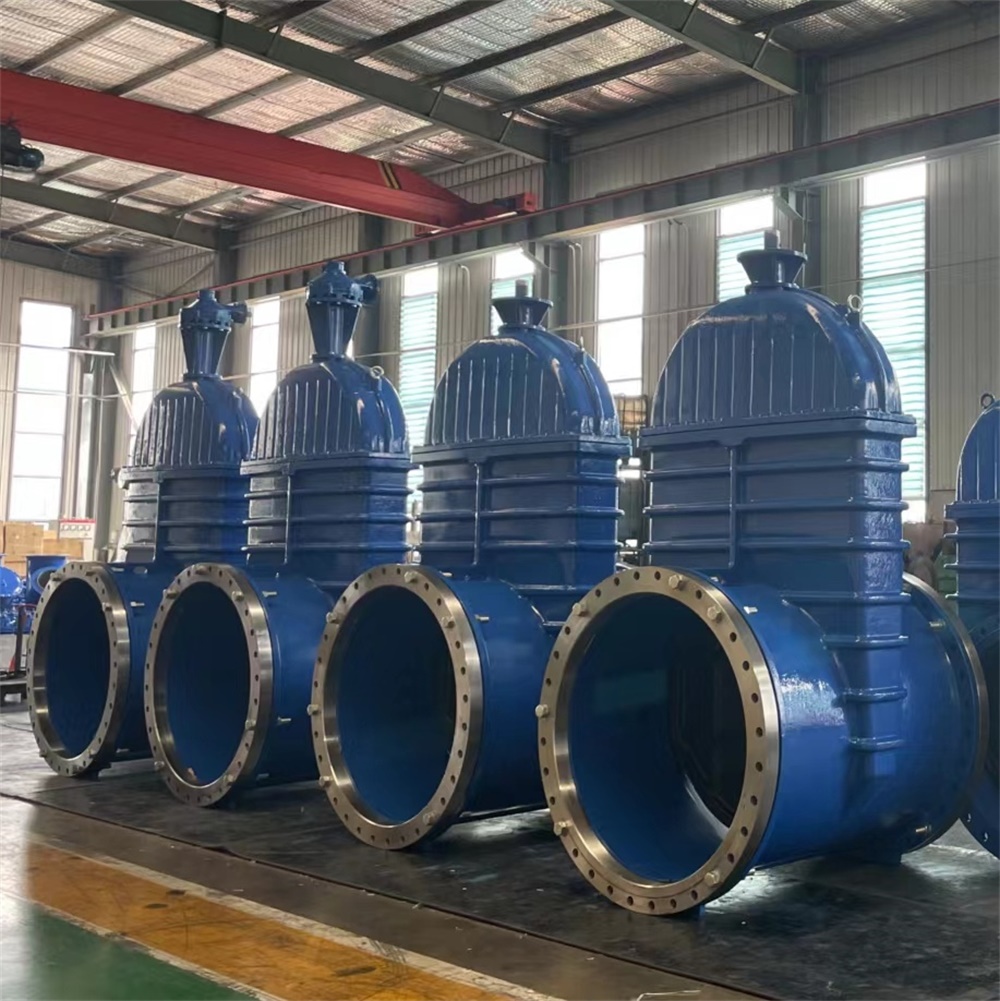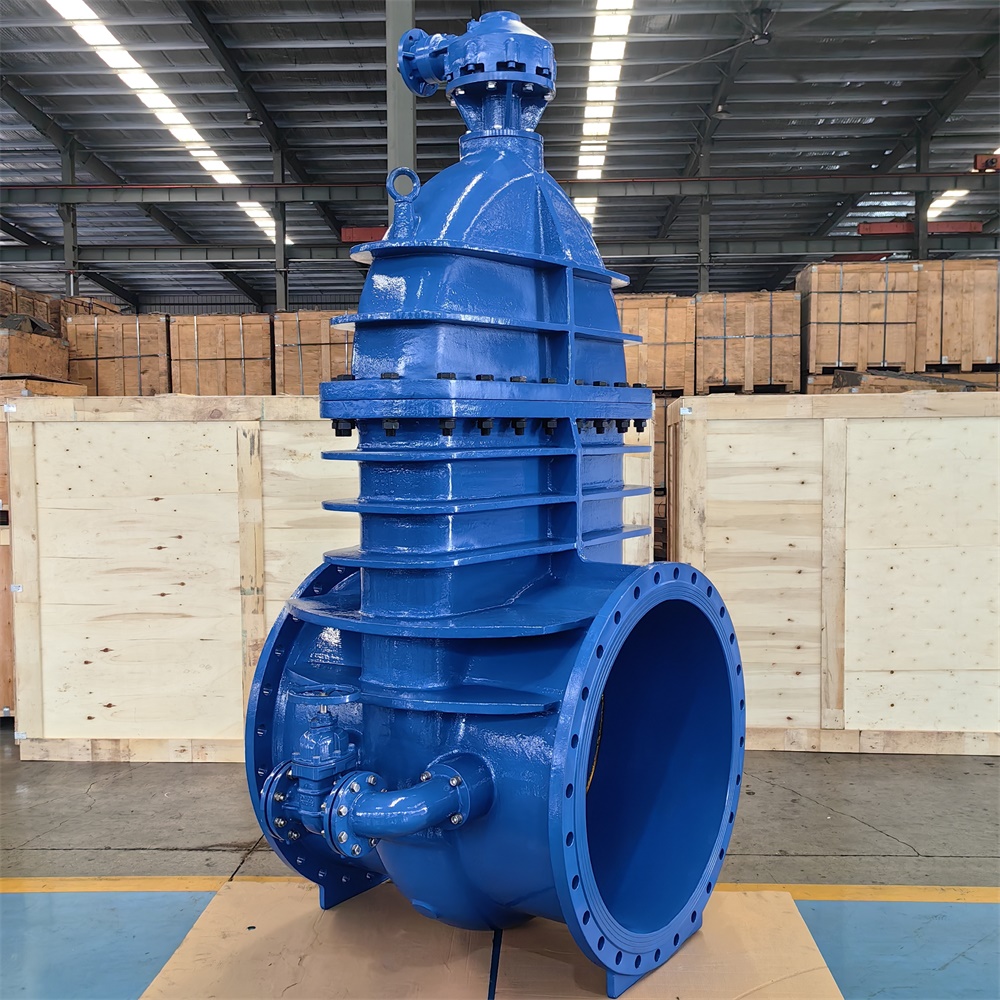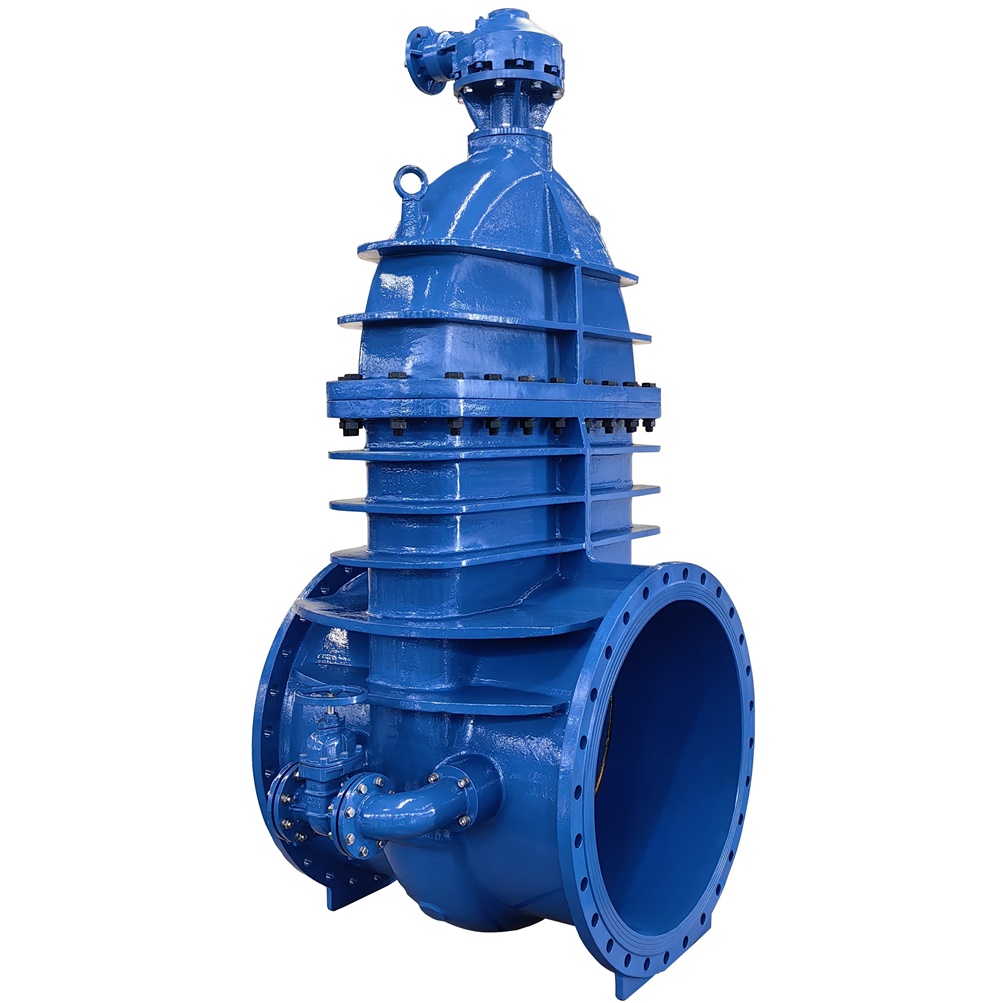Common Problems in Installation and Maintenance of Gate Valves
Publisher:Botou ValveThe installation and maintenance of gate valve should pay attention to the following matters: Handwheel, handle and transmission mechanism are not allowed to be lifted, and collision is strictly prohibited. Double gate valves shall be installed vertically (i.e. the stem is in a vertical position and the handwheel is at the top). Gate valves with bypass valves should be opened before opening (to balance the pressure difference between inlet and outlet and reduce the opening force). Gate valves with belt drive mechanism shall be installed in accordance with the specifications of the product. If the valve is often switched on and off, lubricate at least once a month. The gate valve is used as a cut-off medium. When the valve is fully open, the whole flow is through, and the pressure loss of the medium operation is small. Gate valves are usually suitable for working conditions that do not require frequent opening and closing, and keep the gate fully open or closed. It is not suitable for regulating or throttling. For the high-speed flow medium, the gate vibration can be caused by the partial opening of the gate, and the vibration may damage the sealing surface of the gate and the seat, and the throttling will cause the gate to be eroded by the medium. From the structural form, the main difference is the form of sealing elements used. According to the form of sealing elements, gate valves are often divided into several different types, such as wedge gate valves, parallel gate valves, parallel double gate valves, wedge double gate valves and so on. The commonly used forms are wedge gate valve and parallel gate valve.
The function of this type of valve is to allow the medium to flow in only one direction and to prevent the flow in the direction. Usually, the valve operates automatically, and the disc opens under the action of a fluid pressure flowing in one direction. When the fluid flows in the opposite direction, the disc acts on the seat by the fluid pressure and the self-coincidence disc of the disc, thus cutting off the flow. Check valves belong to this type of valve, which includes swing check valves and lift check valves. Swing check valves have a hinged mechanism and a door-like disc that freely rests on the inclined seat surface. In order to ensure that the disc can reach the proper position of the seat surface every time, the disc is designed in a hinge mechanism so that the disc has sufficient swing space and makes the disc truly and comprehensively contact with the seat. Valve discs can be made entirely of metal, or can be metal inlaid with leather, rubber, or synthetic coverage, depending on the performance requirements. When swing check valve is fully opened, the fluid pressure is almost unimpeded, so the pressure drop through the valve is relatively small. The disc of the lift check valve is located on the sealing surface of the seat on the valve body. In addition to the valve disc can rise and fall freely, the rest of the valve is like a globe valve. The fluid pressure causes the disc to rise from the seating surface, and the medium reflux causes the disc to fall back to the seat and cut off the flow.
According to service conditions, the disc can be all-metal structure, or it can be in the form of rubber pads or rubber rings embedded on the disc rack. Like globe valves, the passage through which fluid passes through the lift check valve is narrow, so the pressure drop through the lift check valve is larger than that through the swing check valve, and the flow of the swing check valve is limited very little.
In the production process, in order to make the pressure and flow rate of the medium meet the requirements of the process flow, it is necessary to install an adjusting mechanism to adjust the above parameters. The main working principle of the regulating mechanism is to adjust the above parameters by changing the flow area between the valve disc and the valve seat. These valves are collectively called control valves, which are divided into self-driving control valves such as pressure reducing valves and pressure stabilizing valves driven by the power of the medium itself, and other power-driven control valves such as electric, compressed air and hydraulic power, such as electric control valves, pneumatic control valves and hydraulic control valves.




